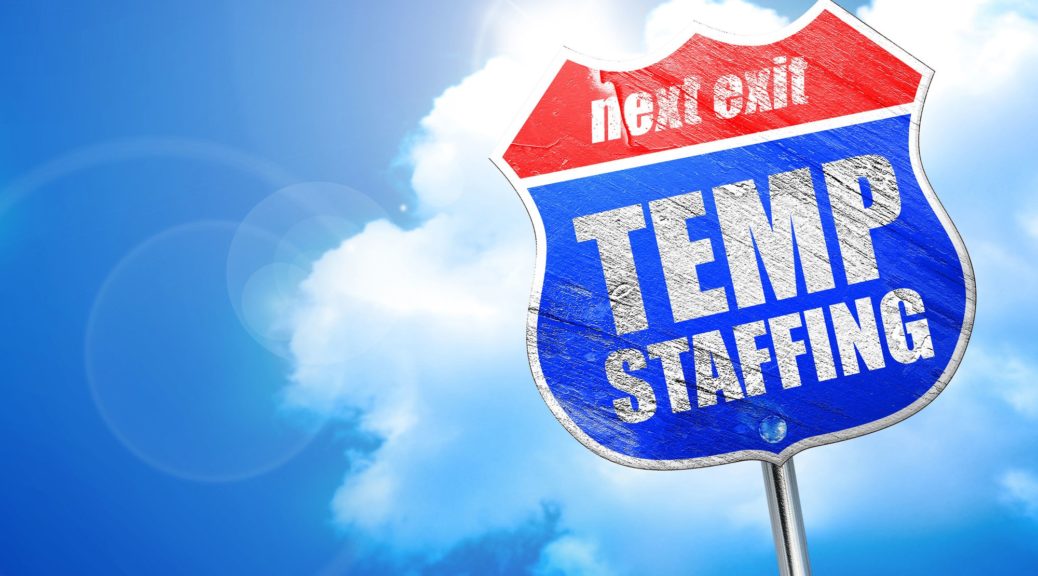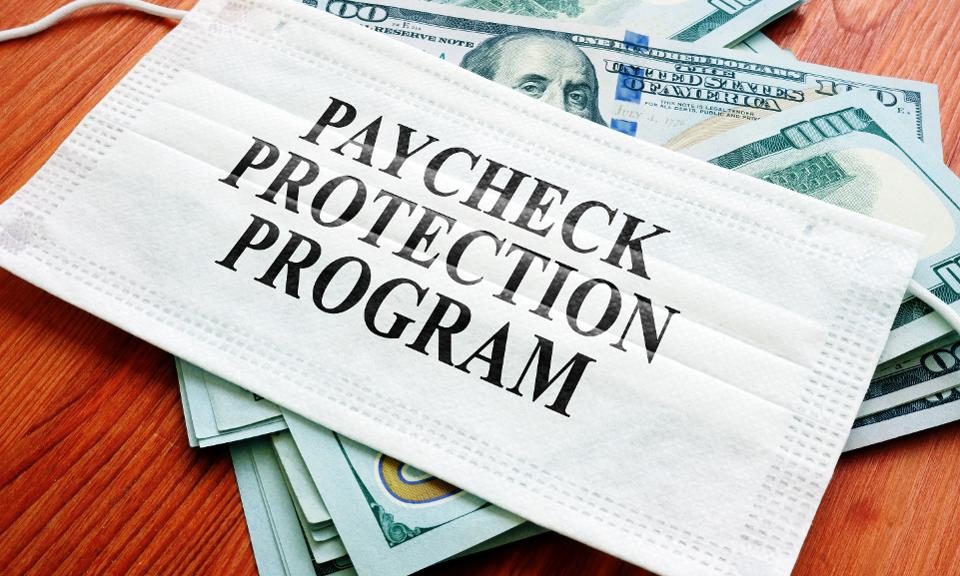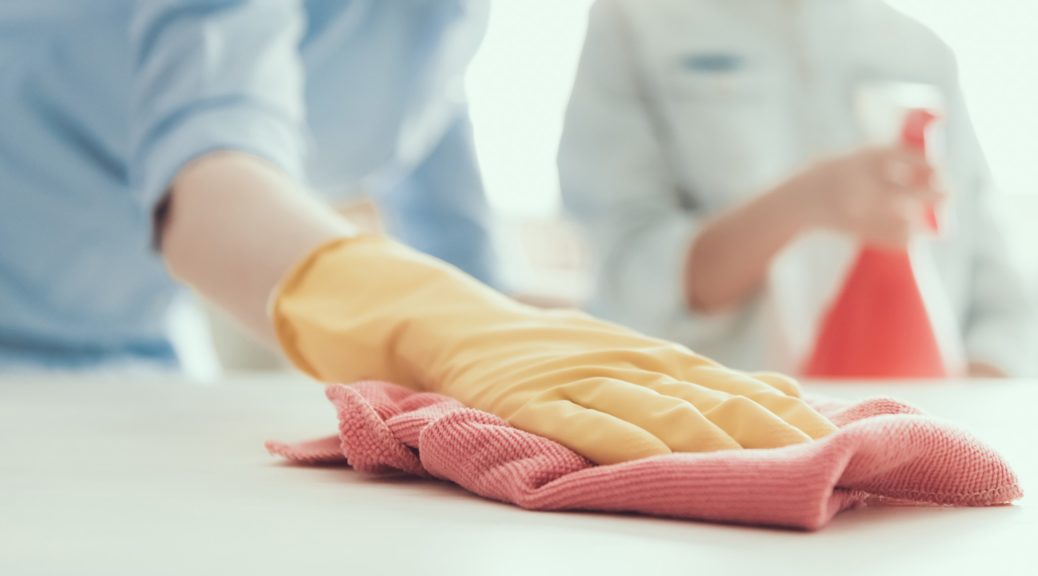A Florida asphalt contractor recently benefited from having effective human resource policies. It avoided paying disability benefits to an injured employee (his skid steer loader was hit by a dump truck) that refused to return to suitable work. In Florida, an injured employee is entitled to Temporary Partial Disability benefits (hereinafter TPD), when he/she has not reached Maximum Medical Improvement (i.e. still treating) and there is a causal connection between their compensable injury and any subsequent loss of earnings. The test is whether the employee’s capabilities allow him to return to work and perform the job, or whether the injury caused a change in employment status that resulted in a reduction of wages below 80% of the pre-injury average weekly wage. In short – the employee is not being paid because of their injury, and not because they voluntarily removed themselves from work options.
The asphalt company employee did not respond to the employer’s offer to return to work within their physical restrictions, so TPD benefits were not paid. This was considered job abandonment. It is not a valid excuse for refusing available work, to say “I couldn’t perform at 100%” so I did not return to work. Lost wage benefits are not payable. As long as the Company can prove that at least one job existed within the injured employee’s capabilities, and the employee refused to perform it, the injured employee is not entitled to compensation. In this case, the employer offered a spotter job and paver machine operator position.
To make things worse, the employee also played games with the post-accident drug test. At first, he submitted an unusable urine specimen and then refused to bring the needed identification document to the re-scheduled second drug test appointment. Read the judge’s decision. Although the employee was not terminated for the drug testing misconduct, his termination was probably justified. When an injured employee is terminated, TPD benefits would still not be paid if: (1) continued suitable employment existed after the termination; (2) the injured employee continued to refuse suitable employment after termination; and (3) the refusal was not justified.
Lessons Learned: If your company does not want to pay disability benefits to an injured employee who refuses to come back to work and fails to submit a proper post-accident drug test, follow these five (5) tips:
- Use a written offer of suitable employment to your injured employees that meet their physical limitations.
- Implement a drug-free workplace, and follow your post-accident drug testing procedures and document what happens if an employee fails to complete it.
- Implement written policies (in your Handbook) that state an employee is considered to have abandoned their job after “__” days no call/no show and use a 90-day probationary period.
- Email or text employees that fail to show up and ask why they are not coming to work.
- Don’t ignore an injured employee’s return to work request (even if months later). Provide a valid termination or refusal to reinstate reason (i.e. job abandonment and failure to take a drug test).







